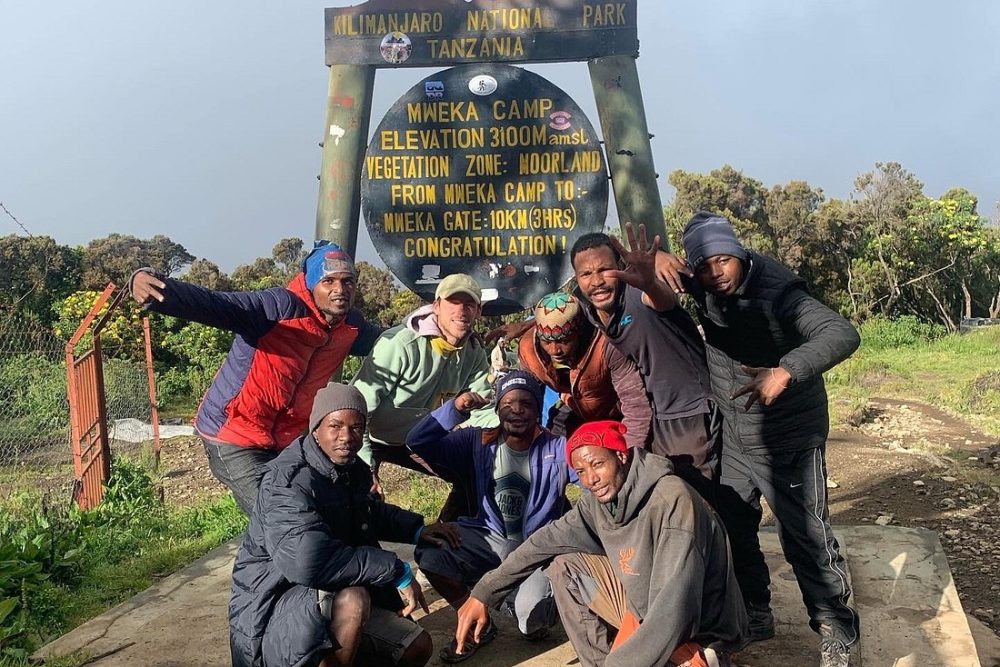Tarangire National Park
Tarangire National Park is a captivating wildlife sanctuary located in northern Tanzania. Covering an area of 2,850 sq. km, the park is renowned for its iconic baobab trees and vast savannah landscapes. It offers a haven for diverse wildlife, including large elephant herds, lions, giraffes, and a plethora of bird species, making it a must-visit destination for safari enthusiasts.
Tarangire is a national park in Tanzania’s Manyara Region. The name of the park originates from the Tarangire River that crosses the park. The Tarangire River is the primary source of fresh water for wild animals in the Tarangire Ecosystem during the annual dry season. The Tarangire Ecosystem is defined by the long-distance migration of wildebeest and zebras. During the dry season thousands of animals concentrate in Tarangire National Park from the surrounding wet-season dispersal and calving areas.
It covers an area of approximately 2,850 square kilometers (1,100 square miles.) The landscape is composed of granitic ridges, river valley, and swamps. Vegetation is a mix of Acacia woodland, Combretum woodland, seasonally flooded grassland, and baobab trees.
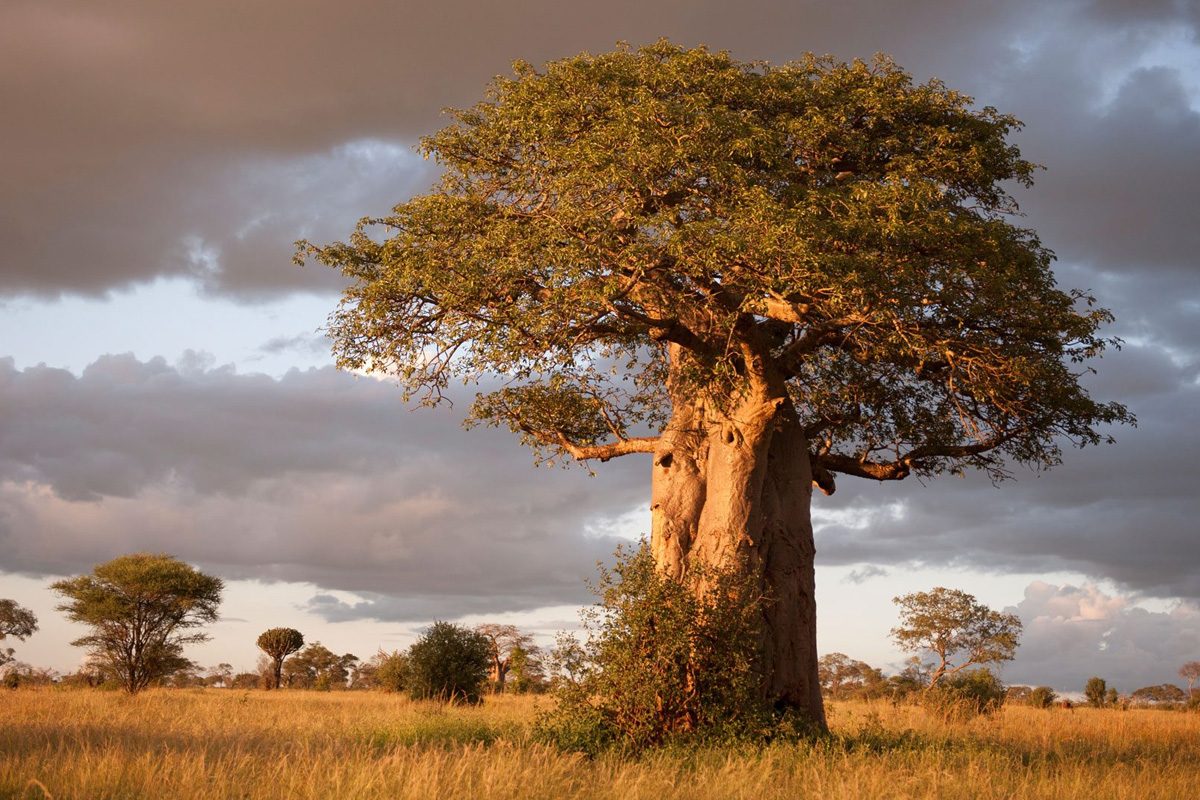
Highlights
- Thriving Elephant Population: Tarangire boasts one of Africa's largest gatherings of elephants, providing breathtaking encounters with these gentle giants as they congregate around the Tarangire River during the dry season.
- Predator Paradise: The park's diverse landscapes support an abundance of predators, including lions, leopards, cheetahs, and hyenas, offering thrilling safari experiences and rare sightings.
- Iconic Baobab Trees: The enchanting presence of ancient baobab trees creates a captivating backdrop for wildlife photography and adds a touch of wonder to the scenery.
- Diverse Wildlife: Tarangire's ecosystem supports a wide variety of wildlife, with zebras, wildebeest, giraffes, buffaloes, and baboons gracing the landscape alongside the famous elephants.
- Birdwatcher's Delight: With over 550 bird species, Tarangire is a paradise for birdwatchers, offering a kaleidoscope of colours and unique avian behaviours to observe.
- Guided Walking Safaris: Experience the thrill of walking safaris, guided by experts, for an intimate encounter with the smaller inhabitants and a deeper connection to nature.
- Aerial Adventure: Take to the skies on a hot air balloon safari for a breathtaking perspective of the park's vastness and wildlife from above.
- Night Game Drives: Witness the park's secretive nocturnal wildlife on night game drives, offering a rare chance to see elusive creatures in action.
- Cultural Encounters: Engage with the local Maasai communities, gaining insight into their traditional customs and coexistence with wildlife, adding a cultural dimension to the safari adventure.

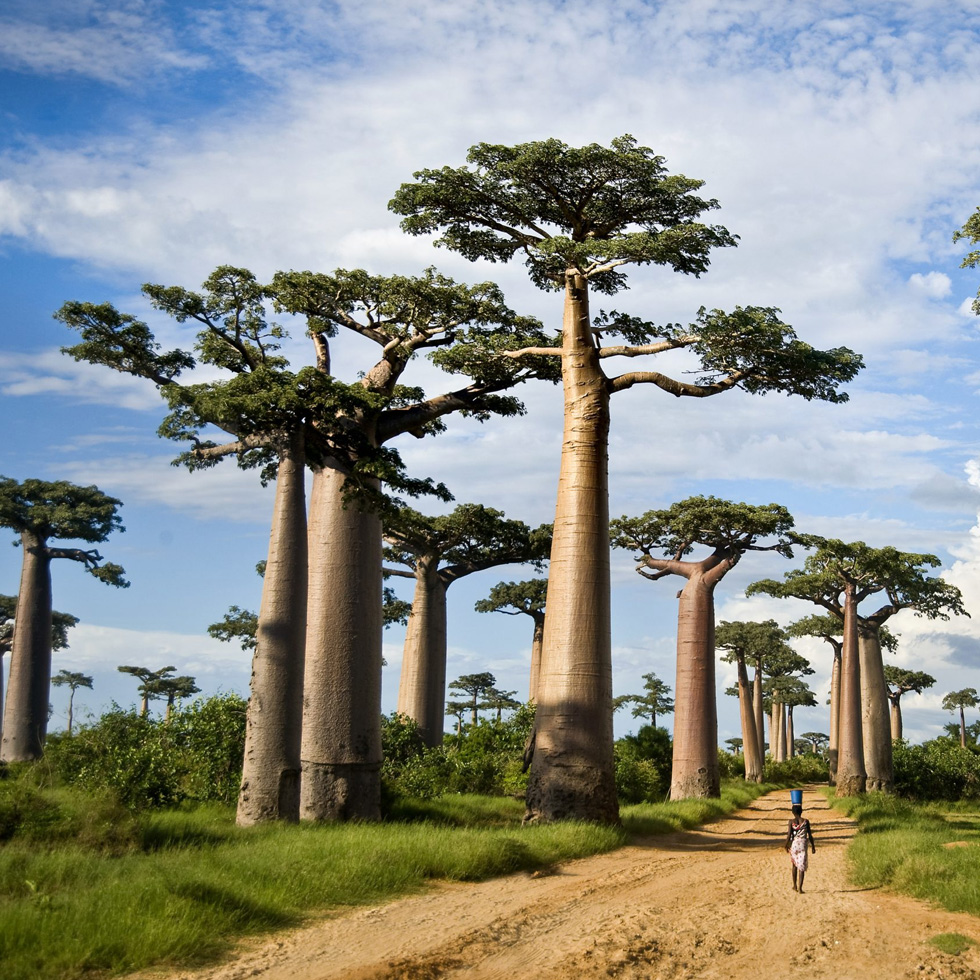
More Information
Tarangire National Park offers a wide array of activities that cater to every adventurer's interests. From exciting game drives and walking safaris to birdwatching, balloon rides, and cultural interactions, the park promises an enriching safari experience amidst the untamed beauty of northern Tanzania.
Game Drives: Embark on thrilling game drives to explore the diverse landscapes of Tarangire and encounter the rich wildlife.
Walking Safaris: These intimate encounters with nature allow you to discover the park's smaller inhabitants, tracks, and flora while gaining a deeper appreciation for the ecosystem.
Birdwatching: Tarangire is a paradise for birdwatchers, with over 550 bird species to observe.
Balloon Safaris: Experience the sunrise from the sky and enjoy panoramic views of the park's vast landscapes, elephants, and other wildlife below.
Night Game Drives: With the aid of spotlights, you may spot hyenas, leopards, aardvarks, and other nocturnal species in action.
Photography: Tarangire offers unparalleled opportunities to capture stunning images of the park's diverse wildlife and landscapes.
Cultural Interactions: Engage with the local Maasai communities surrounding the park and gain insight into their traditional way of life.
Picnics and Sundowners: Enjoy a delightful picnic amidst the park's scenic beauty, savoring the serenity of the African wilderness.
Nature Walks: Some lodges and camps offer guided nature walks within their premises, providing an opportunity to learn about the flora, birdlife.
Tarangire National Park is renowned for its diverse and thriving wildlife, making it a must-visit destination for safari enthusiasts. The park's unique landscapes and the presence of the Tarangire River create a haven for numerous animal species.
Here are some of the iconic wildlife you can encounter in Tarangire:
- African Elephants
- Lions
- Leopards
- Cheetahs
- Giraffes
- Zebras
- Wildebeest
- Buffaloes
- Warthogs
- Baboons
- Monkeys
In summary, Tarangire National Park is an enchanting and unforgettable destination for those seeking a true African safari experience. With its breathtaking landscapes, abundant wildlife, and iconic baobab trees, the park offers a unique and intimate encounter with nature's wonders. Visiting Tarangire promises a journey filled with awe, appreciation, and cherished memories.
Amboseli has a range of accommodation to suit all budgets, tastes and interests. There are very basic campsites where one can pitch a tent and sleep under canvas in the wild, well appointed safari lodges, luxury tented camps with large, fully furnished tents, small private camps for your exclusive use and much, much, more.
Kenya’s second most popular national park after the Masai Mara National Reserve, Amboseli was declared a UNESCO-Mab Biosphere Reserve in 1991. During heavy rains, the basin at the centre of the park floods, attracting hordes of wildlife. The reserve is an excellent place to view the Big Five, as well as lesser known and rarer wildlife species.
There are two rainy seasons – “short rains” from November to December and the “long rains” from March to May. The wettest month (with the highest rainfall) is April (161 mm (6.3 in) and it also has the highest number of rainy days (19 days). The driest months (with the lowest rainfall) are July, August and September (1 mm (0.039 in). September also has the lowest average number of rainy days (2 days). The warmest months (with the highest average high temperature) are January, February and March 30 °C (86 °F). Months with the lowest average high temperature are June and July 25 °C (77 °F). The adjacent highlands tend to be cooler with more rainfall.
Lake Manyara National Park is located 126 km (78 mi) south west of Arusha and can be reached by car in an hour and a half. The park can also be reached from Babati the capital of Manyara Region. Lake Manyara Airport is nearby. To the south of the park is the 35,399 ha Marang Forest Reserve, situated on the escarpment above the park. To the east is the Kwa Kuchinja Wildlife Migration corridor, which allows wildlife to migrate between the near-by Tarangire National Park to the southeast, Lake Manyara to the west, and the Engaruka Basin to the north. Within the Kwa Kuchinja corridor are several villages. Further from the lake and outside of village land is the 45,000-acre Manyara Ranch, a former livestock ranch, managed by the Tanzania Land Conservation Trust since 2001 and an important part of the corridor allowing wildlife movement between Tarangire and Lake Manyara national park.
Suggested Safari Packages
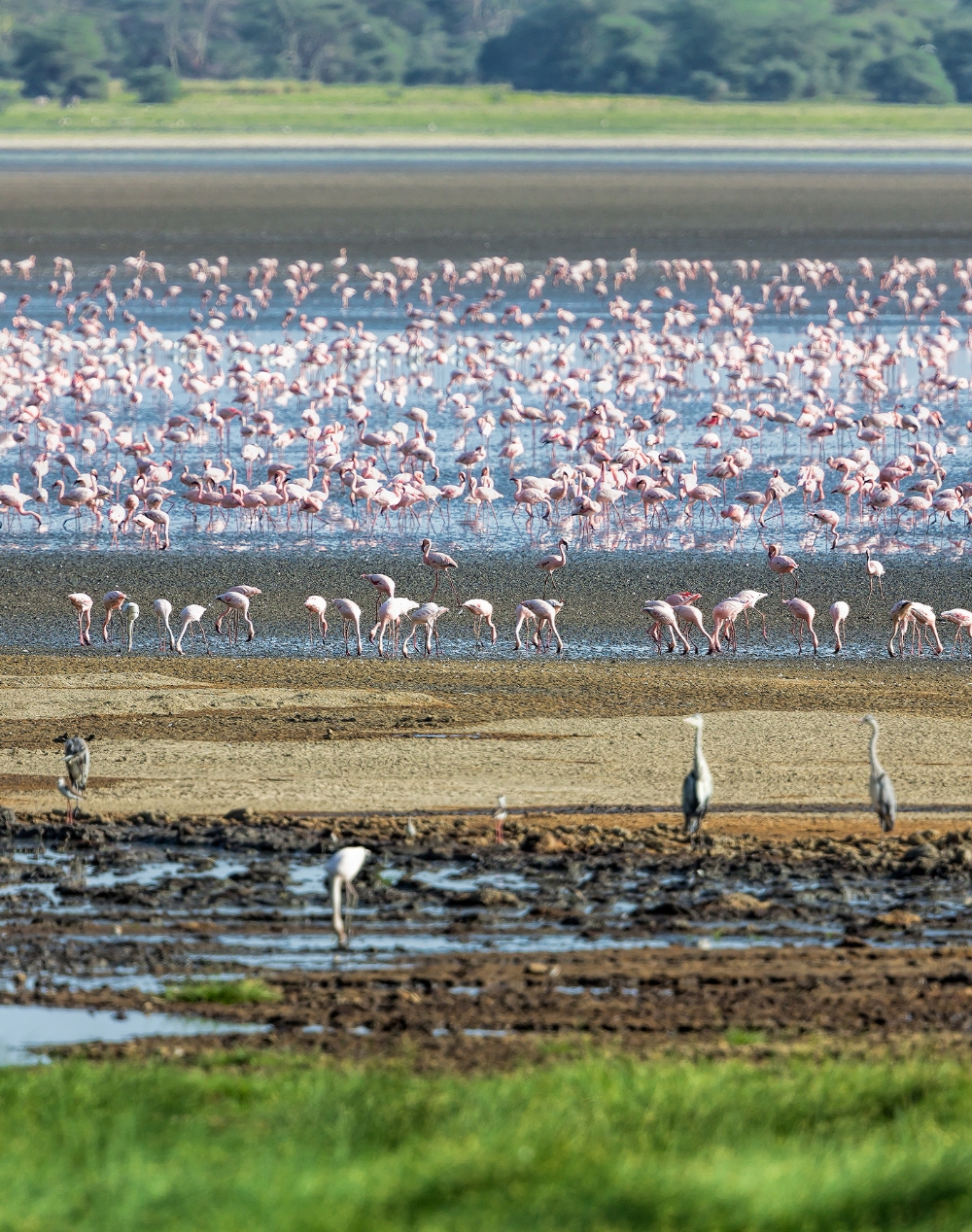
Aenean et tortor at risus viverra. Nec ultrices dui sapien eget mi proin sed libero. Egestas maecenas pharetra convallis...
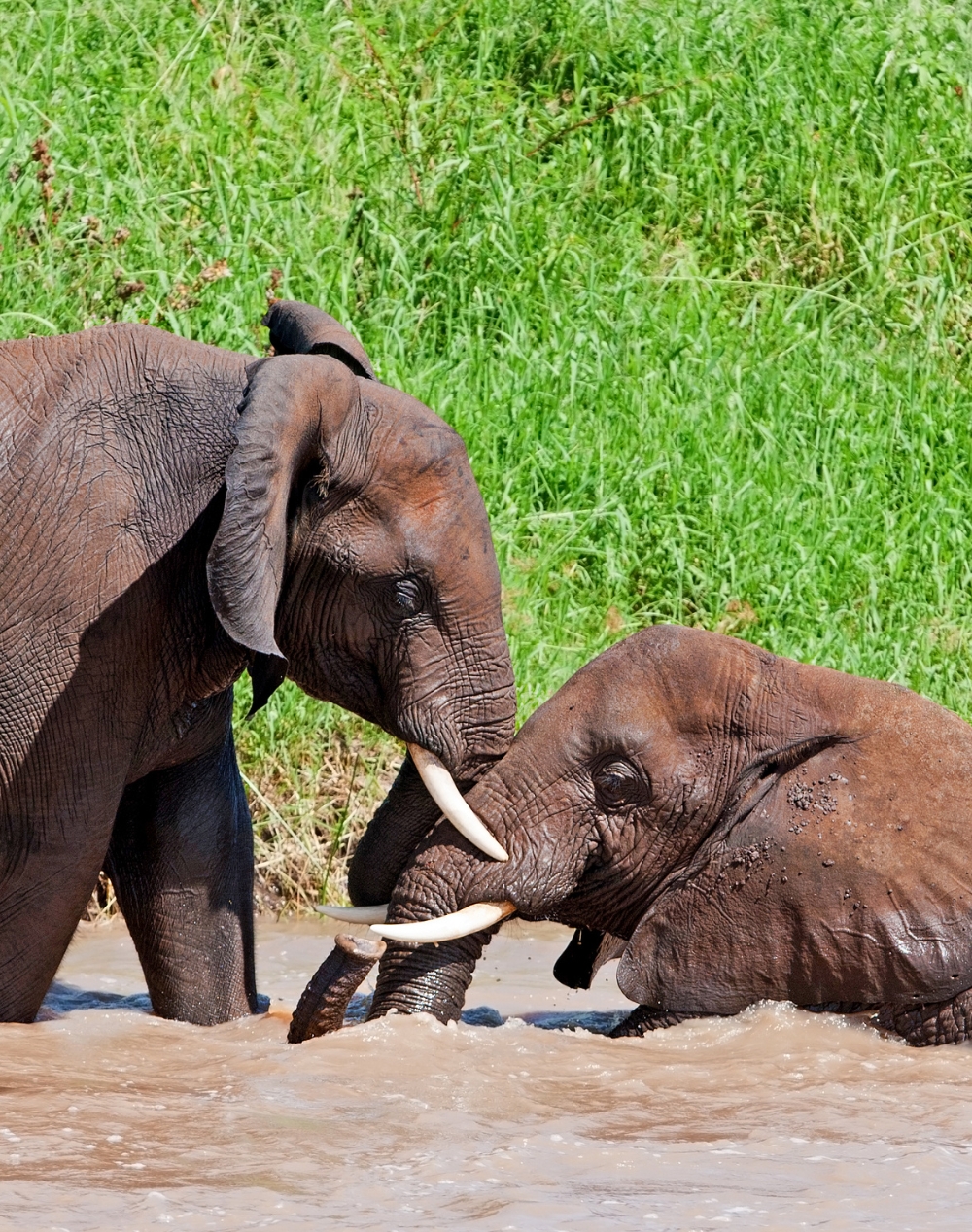
Aenean et tortor at risus viverra. Nec ultrices dui sapien eget mi proin sed libero. Egestas maecenas pharetra convallis...
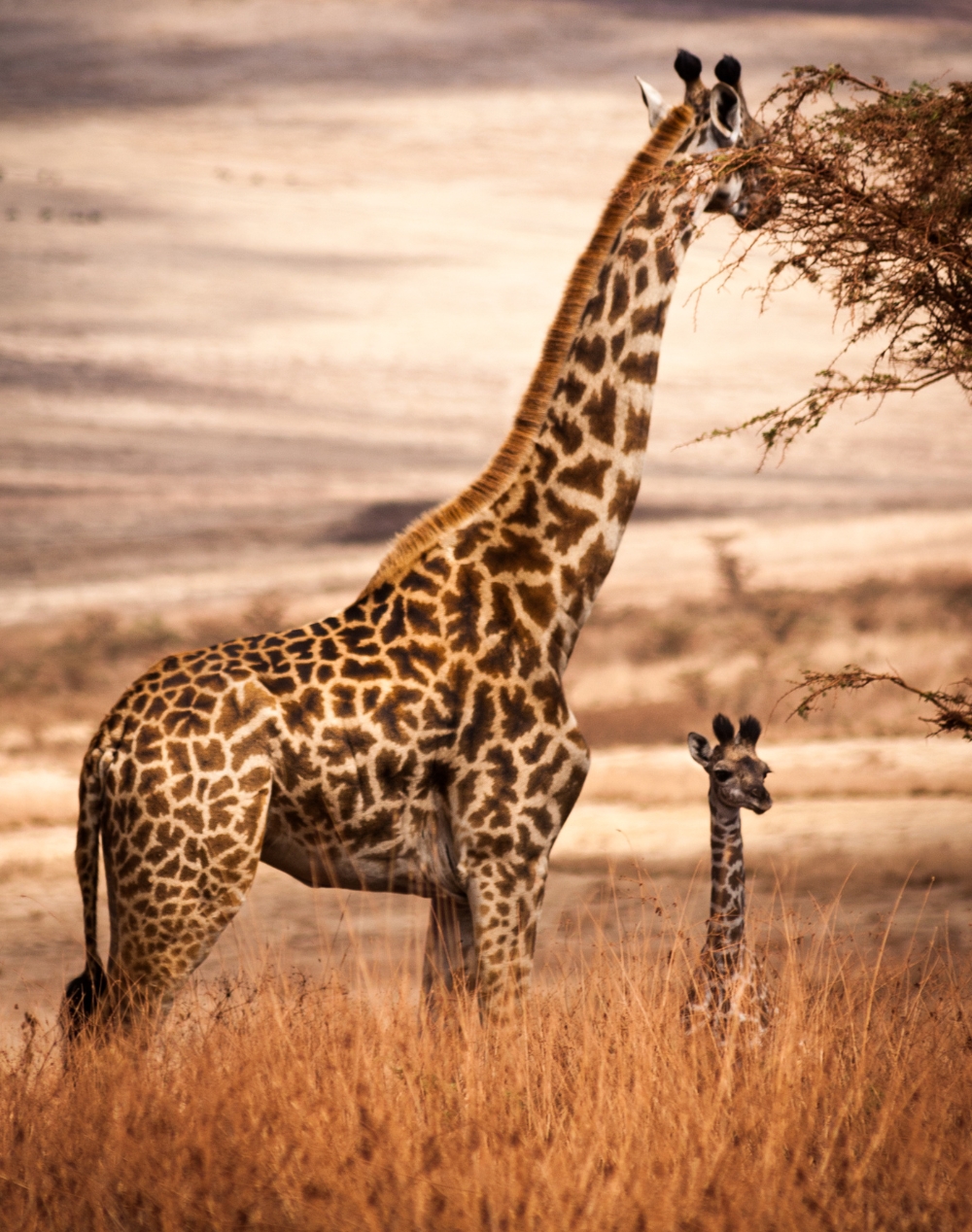
Aenean et tortor at risus viverra. Nec ultrices dui sapien eget mi proin sed libero. Egestas maecenas pharetra convallis...

